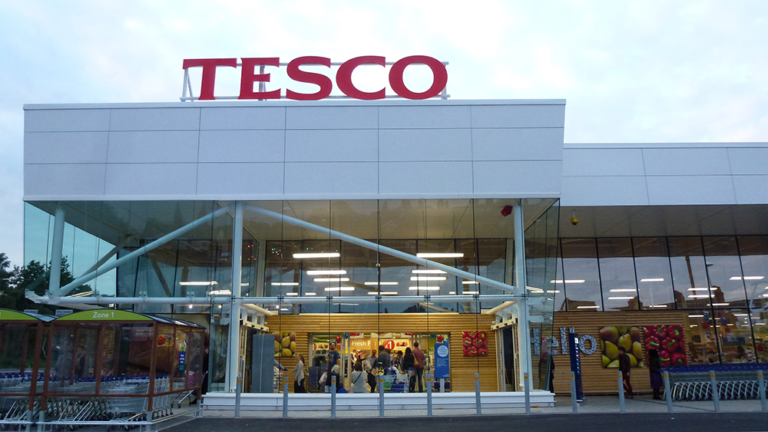


Highlights
Improved issue acknowledgement to 98%
Average time-to-respond dropped to less than 3 minutes
Targeted, actionable notifications reduce alert fatigue
Implemented in 27 days
Tesco Improves Efficiency with Service Oriented Architecture
For global retailer Tesco, service is a key attribute. In addition to 7,800 stores (including franchises) in 11 markets, the company maintains an extensive online presence, reaching millions of shoppers each week.
Determined to bring a world-class ITSM organization to its customers, Tesco improved its IT force and organized around a Service-Oriented Architecture (SOA). This fundamental change in the service organization required an equally dramatic improvement in its notifications to follow issues from discovery through resolution. Today Tesco’s service metrics show that it is delivering on its promise.
Challenges
The IT department manages 26,000 tickets per week from distributed operation centers in nine different countries, so tracking the effectiveness of teams and individuals had been a challenge.
Notification processes globally were inconsistent — meaning slower response times to issues affecting customers
Solution
The team looked at how they could be more agile, structuring themselves into 30 product and service teams who owned the design, development and run of their systems.
Under this new SOA, each technologist can subscribe to relevant notifications in an a la carte service. Team members are more collaborative, responsive, and efficient. They can also unsubscribe from notifications that aren’t relevant. More targeted alerts alleviate alert fatigue and add efficiencies, improving service.
Implementing the new service reliability platform was pretty painless — Tesco implemented the xMatters system globally in just 27 days.
Benefits
IT service employees were cross-trained on newly standardized information, so each rep could resolve any issue and provide a consistent experience. Using the new architecture and the new communication platform, Tesco saw improvement almost immediately, particularly amongst its most notified teams:
- The call acknowledgment rate exceeding 98%
- Average time to respond of less than 3 minutes
- Dropped tickets are a thing of the past
- Improved collaboration between teams
- Subscriptions have reduced alert fatigue
Today Tesco has a more consistent work environment, enabling better measurement and a consistent set of analytics. “We changed the way we communicate to technology and the business, allowing people to subscribe to what they care about. And it’s driving accountability and better results,” says Rob Ainscough.
Tesco has produced an entirely new IT architecture with new roles, systems, and expectations. The result is greater efficiencies, happier customers, and growth opportunities. “xMatters really helped us as an organization. It helped us to do the right things for customers, and with the insight we’ve gained we can improve for the future,” says Ainscough.

